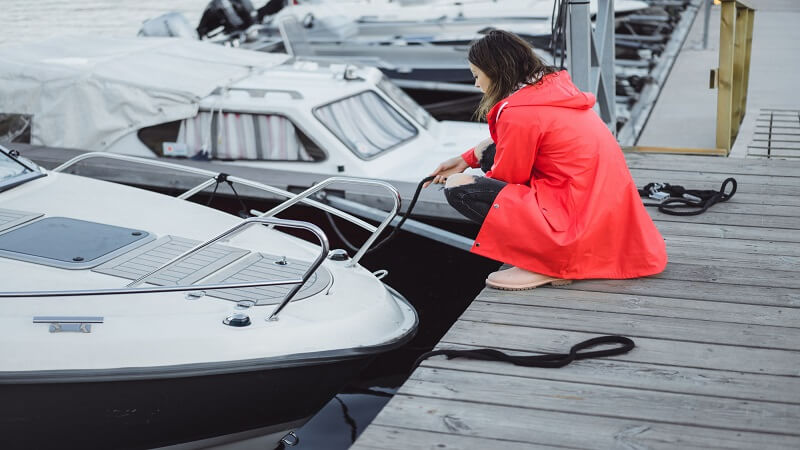You can find different types of boat upholstery featuring unique materials and constructions. Upholstery manufacturers have many designs that provide comfort, durability, and low maintenance. Custom designs and installations are also available. Here are three features to look for when choosing upholstery for your boat:
1. Quality Material
Marine-grade vinyl is a suitable material choice for boat upholstery because of its durability. Vinyl is waterproof, which helps to keep mold and mildew at bay. The material is also resistant to UV damage and doesn’t fade or crack easily. Its weather-resistant construction keeps your boat’s interior looking smooth and comfortable. Other material options include polyester and acrylic. Both options offer improved durability and UV resistance, providing alternatives if you want to change from vinyl.
When selecting upholstery, prioritize fabrics that are waterproof and capable of withstanding constant water exposure. The material should also resist saltwater damage or be tailored to the specific waters you frequent, whether rivers, lakes, or seas. Other beneficial properties include quick-drying foams, abrasion resistance, and temperature tolerance. Choose upholstery with reinforced seams and quality materials that can withstand regular use and harsh marine conditions.
2. Proper Weight and Thickness
Upholstery weight and thickness impact durability and comfort. Heavier fabrics may last longer and handle more wear and tear, while thinner fabrics can be easier to work with and suitable for seasonal updates. Thinner options can also be paired with extra cushioning for extended boat trips involving several hours of seating. Consult an upholstery provider to customize your design’s weight and thickness based on your requirements.
If you prefer thicker, heavier upholstery, opt for a breathable fabric that promotes airflow to regulate temperature and prevent moisture buildup. Perforated vinyl, mesh, and open-weave fabrics are suitable for balancing comfort and durability. Mesh is lightweight and breathable, while perforated vinyl offers durability with small holes for improved air circulation. Open-weave fabrics may use cotton, linen, and other breathable natural fibers, providing a comfortable alternative for your marine seating.
3. Ease of Maintenance and Cleaning
Boat fabrics and upholstery require routine cleaning to remove spills, dirt, and other contaminants. Look for fabrics that are resistant to stains and mildew to simplify maintenance and reduce the need for harsh cleaning agents. Stain-resistant materials make it easier to resolve accidental spills, while mildew resistance helps prevent the appearance of spots and odors. Smooth-surface fabrics are easy to wipe down, though adding textures can provide grip and prevent sliding.
Look for low-maintenance upholstery designed for long-term use. Such designs feature high-quality covers, reinforced seams, padding foam, and stainless steel underpinnings. Consult your boat fabric provider about fabrics that can withstand your usage, especially if you regularly have kids and pets on your boat. You can request custom reinforcements and improvements to increase durability and reduce maintenance requirements.
Find Quality Boat Upholstery Today
Boat upholstery providers offer a wide selection of materials and designs to meet your needs for comfort, safety, and style. You can also create custom upholstery that showcases your personality and complements your boat’s overall aesthetic. Speak to a boat upholstery provider today to explore their existing fabrics and learn about their benefits.

